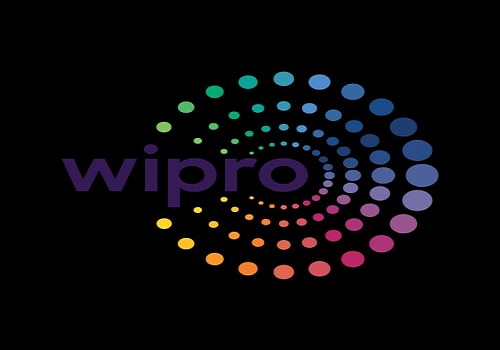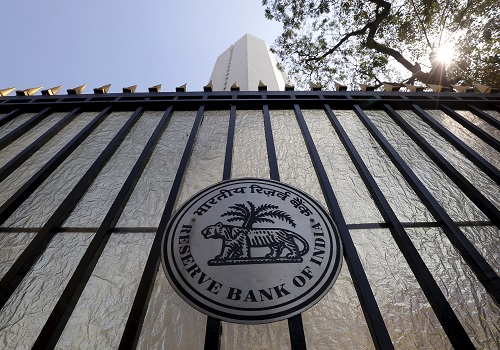Will the Telangana HC Ruling Change Fortunes for Andhra MFI Sector? - CareEdge Rating

Follow us Now on Telegram ! Get daily 10 - 12 important updates on Business, Finance and Investment. Join our Telegram Channel
https://t.me/InvestmentGuruIndiacom
Download Telegram App before Joining the Channel
Synopsis
* The microfinance industry, which once thrived in the former state of Andhra Pradesh (AP), experienced a significant setback following the enactment of the 2010 ordinance by the AP government, imposing stringent regulations on the operations of microfinance organisations within the state. Formerly, Andhra Pradesh had been a pioneering force in the microfinance sector, commanding a substantial 65% share of pan-India MFI gross loans as of March 31, 2011. However, the MFI industry witnessed a substantial decline in its fortunes, with AP and Telangana contributing a mere 0.8% and 0.5%, respectively, to the overall Microfinance loan portfolio as of March 31, 2023.
* In light of the recent judgment by the Telangana High Court, the MFI sector is hopeful for a positive turnaround in both states in the foreseeable future.
* CareEdge Ratings foresees a modest uptick in the activities of leading MFI entities. Nonetheless, achieving substantial penetration for MFIs in these states remains challenging as these organizations are presently focused on human capital development, process implementation, and gaining an understanding of the local culture.
* The combined market share of AP and Telangana in the overall microfinance landscape is expected to remain below 2.5% over the next one to one and a half years.
* This situation underscores a significant risk, namely susceptibility to regulatory oversight and political
instability, which poses a potential threat to the growth prospects of the microfinance sector.
What was the Andhra Pradesh crisis?
The microfinance crisis that unfolded in the state of Andhra Pradesh in October 2010 represents one of the most
significant challenges ever faced by the microfinance industry. This crisis emerged in the wake of disturbing
incidents, such as microfinance institutions (MFIs) employing unethical methods for loan recovery, which tragically
resulted in borrower suicides. It also involved allegations of borrowers taking multiple loans and MFIs imposing
exorbitant interest rates. As a response to these concerns, the Andhra Pradesh government found it necessary to
enact an ordinance in October 2010 to safeguard the interests of borrowers.
The key provisions of the ordinance included:
* Mandatory registration of all MFIs with the district authorities.
* Prohibition of an individual being a member of more than one Self-Help Group (SHG).
* Requirement for all MFIs to publicly disclose the interest rates applied to their loans.
* Imposition of penalties on MFIs employing coercive tactics for loan recovery.
The establishment of penalties, such as imprisonment for up to 6 months or fines of up to Rs 10,000, or both, for anyone found in violation of the ordinance. However, it's important to note that this ordinance did not materialize suddenly.
The roots of the microfinance crisis in Andhra Pradesh can be traced back to 2006 when district authorities closed approximately 50 branches operated by two major MFIs, SHARE and Spandana, in the Krishna district. This action was prompted by complaints from borrowers of these MFIs regarding alleged “usurious interest rates” and forceful loan recovery practices. Tragically, it was even alleged that 10 borrowers in the Krishna district took their own lives because they were unable to repay their loans. The then Chief Minister of Andhra Pradesh took a strong stance against the MFIs, accusing them of exploiting the impoverished by adopting unethical means.
An official inquiry was ordered, and district collectors were instructed to curb these “unethical” practices through any necessary means. During this time, the industry association of MFIs, Sa-Dhan, convened a meeting of its member institutions and developed a code of conduct emphasizing responsible behavior.
The MFIs subsequently eased the tensions by committing to abide by this Code of Conduct, with support from the central government and the Reserve Bank of India (RBI). The RBI recognized the valuable role played by MFIs in providing credit to low-income households and even formed the Malegam committee to review the microfinance sector in India. The committee's recommendations led to significant improvements in the sector as a whole.
Impact of the crisis and the current situation
The former state of Andhra Pradesh had held a pioneering role in the microfinance sector, representing
approximately 65% of MFI gross loans across India as of March 31, 2011. However, following the introduction of
the ordinance, its market share experienced a significant decline, dropping to 38% as of March 31, 2012.
This
decline continued, with Andhra Pradesh and Telangana contributing to a mere 0.3% market share as of March 31,
2018. The AP crisis ultimately resulted in a substantial loss of Rs 7,000 crore for MFIs based in Andhra Pradesh.
The MFI Industry is still to completely come out of the adverse impact. Growth in the states of Andhra Pradesh and
Telangana remains tepid as against very strong growth for the rest of the country. AP and Telangana’s share
remained marginal at around 1.3%, as on March 31, 2023, and is expected to remain below 2.5%, by March 31,
2025






















